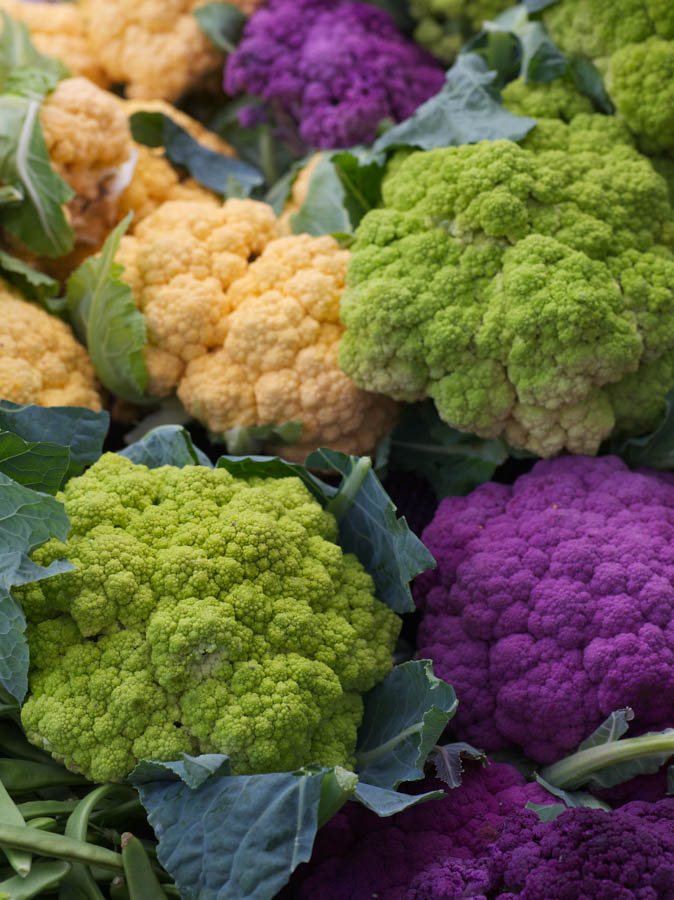6 Tips for Growing Cauliflower in Mediterranean Climates

Although cauliflower will remain vulnerable even during the cool season to both warm and cold extremes, it can be grown successfully. GardenZeus expert Darren Butler recommends that you give it a try, despite its reputation for difficulty. Here are 6 tips for growing cauliflower over the winter in warm Mediterranean climates.
1) Select appropriate varieties. Generally you should grow heat-tolerant varieties of cauliflower, even during winter in most areas of California. If you have had poor results with cauliflower, try varieties that tolerate both heat and cold, such as the hybrid Casper.
2) Grow cauliflower in rich, fertile soil. Brassicas are moderate to heavy feeders and need sufficient macronutrients and micronutrients.
3) Timing: Start seeds indoors beginning late summer or early fall, or purchase transplants, to have seedlings ready to plant after weathers cool in fall, usually by late October or early November. Planting in cool-to-warm weather in late October and November gives you the best chance of success.
4) Transplanting tips: Transplant seedlings during the first 5 to 10 weeks while they are still growing actively; don’t let them sit in their cells or small pots long enough that they become rootbound and senescent. Transplant cauliflower deeper than seedlings were in cells or pots to protect the root crown.
5) Start seeds and grow transplants in fertile, living, consistently moist soil that is loose and friable to at least 6 to 12 inches in depth. Grow in full sun during cool weather. Provide shade during unseasonable heat waves.
6) Plant cauliflower (and other brassicas) away from most other garden vegetables and most other plants in general. Brassicas do not form the relationships with the mycorrhizal fungi that are so helpful to many garden vegetables. The miraculous work of micorrhizae for garden vegetables that you may have heard or learned about might be at the expense of your cauliflower and other brassicas. Mycorrhizae may be capable of colonizing brassicas and “stealing” nitrogen from them to provide it to other garden vegetables. GardenZeus expert Darren Butler generally recommends that cauliflower and other brassicas be grown separately and at a distance of at least several feet from other vegetables, with 20 to 30 feet or more being ideal.
For customized instructions for growing cauliflower in your area, go to GardenZeus and enter your zip code, then go to cauliflower.
Other articles of interest:
Advanced Tip: Cauliflower and Companion Planting
Meet the Challenge: Fall Watering in Southern California Gardens